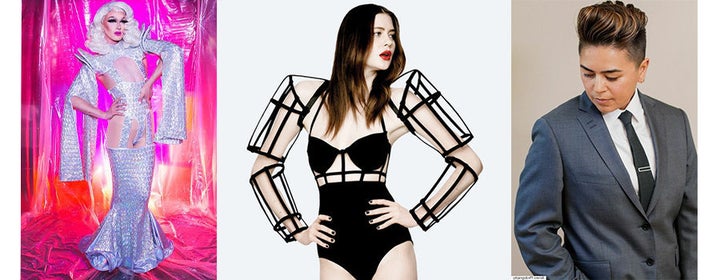
This is the final installment in Huffington Post Gay Voices Deputy Editor JamesMichael Nichols' 15-part series FABRICATIONS that elevates the work of up-and-coming queer individuals working in the fashion world.
Over the past year, HuffPost Gay Voices offered a platform to up-and-coming queer and trans designers working in the fashion world to both showcase their work and reflect on what it means to be a queer person who makes clothes and creates in the digital age.
During the duration of this series, some featured designers have rocketed to large-scale commercial success, including Chromat, a brand that focuses on creating structural experiments with the human body and, more recently, how fashion is intersecting with technology.
Others designers have focused on creating garments that cater to queer bodies and experiences whose needs aren't traditionally met by the fashion world, like Butchbaby & Co., who create maternity wear for genderqueer parents.
During the most recent New York Fashion Week, which took place in September, other brands focused on inserting queerness into the fashion world, like Gogo Graham's showcase that consisted completely of all trans femme models or dapperQ's curation of the VERGE fashion show at the Brooklyn museum.
In an effort to reflect on the work of these 14 designers -- as well as the development of the mainstream fashion world's ongoing relationship with gender over the course of the past year, The Huffington Post reached out to each individual featured in FABRICATIONS to hear their thoughts on one final question:
"If fashion is truly a reflection of the times that we live in, what do you see as the future of the fashion world in terms of the way it intersects with queerness and evolving mainstream conceptions of gender?"
Want to learn more about one of the designers? Click on their name following their response to visit their individual feature.
BCALLA
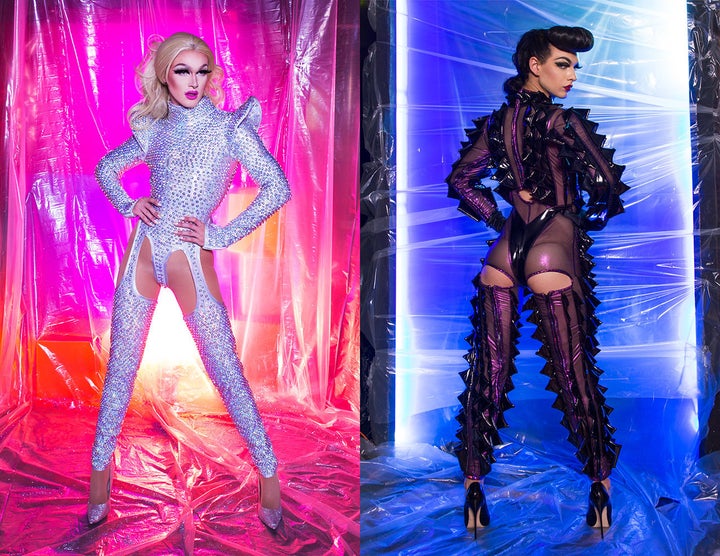
"If what's happening right now is anything to go on it's really about exposure. Currently we are choosing our own cultural icons via social media and queers with enough social media behind them are getting campaigns and editorials and that's going to be an extremely positive influence on today's youth who might not feel comfortable stepping out of the binary." --Bradley Callahan of BCALLA
Chromat

"At Chromat we are focused on utilizing the language of fashion to break down the gender binary. We believe in creating garments that go beyond traditional notions of femininity, such as the Adrenaline Dress that expands in shape to create a more imposing, empowering silhouette when the wearer experiences adrenaline." --Becca McCharen of Chromat
Sir New York

"The way I see it, it is the fashion world's job to stay several steps ahead of the general public. The world has been moving forward with the understanding that gender is an individual's expression of how they live and wish to be acknowledged. We know that it is psychologically damaging to confine people's expressions into expectations. Fashion moving forward needs to not only intersect with current mainstream conceptions of queerness and gender, but to propel the world into the future understanding of what humanity should be about. We need to be more inclusive. We need to include more people with different body types, ethnicities, genders (more than the binary two), abilities, sexualities. We need to move away from the homogeneous standard of beauty and style. This is happening on a small scale but the larger fashion world needs to stop being so narrowly focused on the status quo and shake things up. After all, what does fashion forward even mean when it just cycles itself around and around in one big incestuous circle?" --Auston Bjorkman of Sir New York
Vincent Tiley
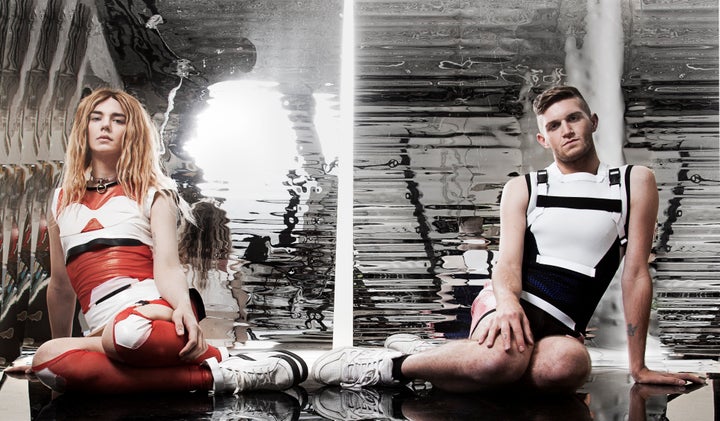
"In these past few years we've benefitted from the gains made in the queer rights movement and also the visibility of queer bodies in fashion. Fashion has attached labels to these bodies like 'beautiful,' 'desirable' and 'glamorous.' The next move for both society and fashion, for me, are the same. Persistence and sustainability. It is hugely important that this not be just a moment. For me, the logic of queerness has always been terminal. Its desire is to become obsolete by taking over, and having everyone see in themselves some aspect of this giant amoeba of a word "queer." In the future that word may no longer need to exist because it will no longer be 'other.' The danger with something like fashion, though, is over-exposure and trend satiation. If fashion is going to truly be queer it's going to need to stick around after the honeymoon." --Vincent Tiley
J SHAP

"As gender is becoming more fluid, we are starting to see many brands that capitalize on unisex offerings like HBA and 69 (to name a few). But these companies mainly make basic unstructured garments that are mostly just menswear that women can wear as well. My dream for fashion is to take this unisex concept and expand it so that all styles are considered unisex. For instance, how in "The Fifth Element," Bruce Willis wears a form-fitting backless crop top the whole movie like a boss (and you never question it!). We need to stop looking at styles of clothing as majority male or female and adopt all styles as fluid. A company that I have seen sort of bridge this gap recently is called Knorts. I have never considered my clothes gendered -- I put them on male, female, gender ambiguous, drag queens, etc. and I hope that the future of fashion is going to take this concept even further." --Julia Shapiro of J SHAP
GODDESS

"I think people in mainstream society are starting to see the way traditional concepts of gender are outdated and harmful to everyone, and I see fashion as one of the most visible extensions of that line of thought. Fashion has always been a barometer of the way people see themselves, and every relevant designer today seems to be exploring the notions and concepts that personify masculinity, femininity, trans*ness and so on. Just as designers in the 1960s were at the forefront of liberating women in the feminist movement, I predict designers today will be at the forefront of bringing about more fluid definitions of gender, queerness and sexuality." --David Siferd of GODDESS
Studmuffin NYC
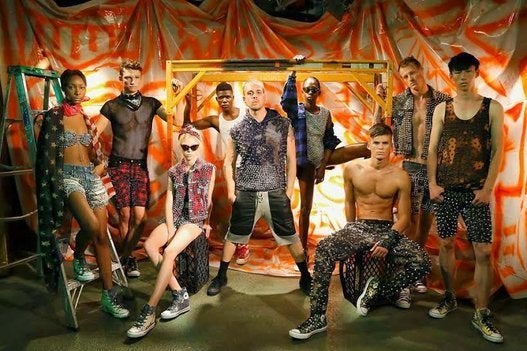
"Since forever fashion has blurred the lines between gender, whether it be menswear on women, womenswear on men or unisex clothing made for whoever. The fashion industry is one of the few that celebrates diversity, queerness and being unique. With that said, as the times change, the mainstream learn more about gender roles and become more accepting. At Studmuffin NYC we already design a lot of our pieces to be unisex, so whoever enjoys them can make them their own. Versions of the trends trickle down to the mainstream from the trendsetters pushing the boundaries at the top, the man in the skirt, the lady in a suit and tie, etc. It's hard to predict the future for anything, but the fashion industry will continue to serve as a creative ground for self expression and it's definitely an exciting time we're living in." --Kyle Brincefield of Studmuffin NYC
TILLYandWILLIAM
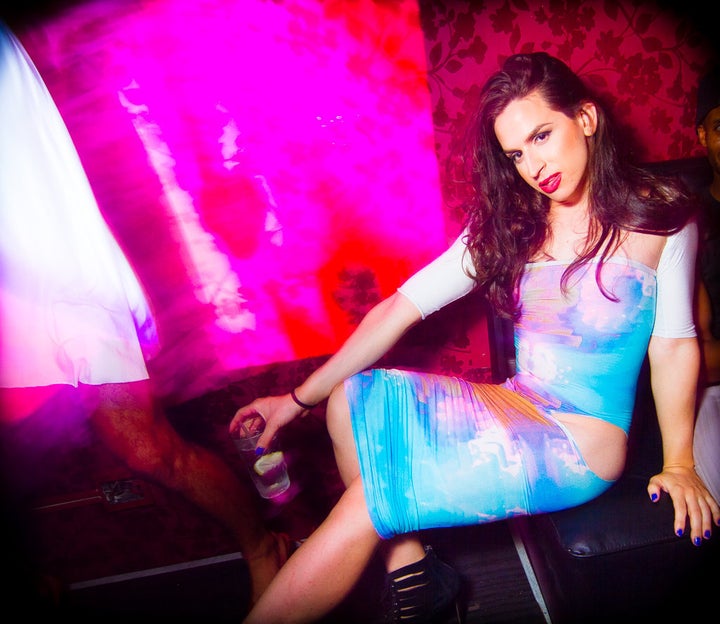
"With each generation’s growing inclusivity of the full gender spectrum, I think we can predict and hope for a more mainstream aesthetic that doesn’t harp on the rigid binaries that have come to define heteronormativity. We’re already seeing changes in a massive corporation like Target that has degenderized the toy department, but how long will it take for their clothing department to follow suit? We’ve seen Barney’s highlight trans lives over a year ago, and trans modeling agencies are blooming around the world, while Selfridge’s opened an agender boutique within their walls. The fashion industry seems to be responding more positively to gender spectrum representation than to other massive issues like its atrocious impact on the environment, and still impossible body shape standards. The thing about queerness that mainstream conceptions seem to miss is that it encompasses love for all body types, and it’s not about fitting into what society deems feminine or masculine. It is a deeply individual experience that thrives in an accepting community. The fashion industry has a long way to go to deconstruct the sartorial separation between men and women, and accept that humans come in all shapes and sizes and gender identities. The man’s suit as we know it has only existed for about 200 years, but clothing has always had the power to set people and genders apart. It’s a powerful tool. Hopefully in the future it will serve to further empower people’s gender identities, and the stigma of crossing gender lines will continue to melt away. With TILLYandWILLIAM, we do not ascribe a gender to our clothes, and make them so they can fit all kinds of bodies, and we hope other designers begin to imagine clothing and gender in a similar way." --Tilly DeWolfe and Tom Barranca of TILLEYandWILLIAM
Geoffrey Mac
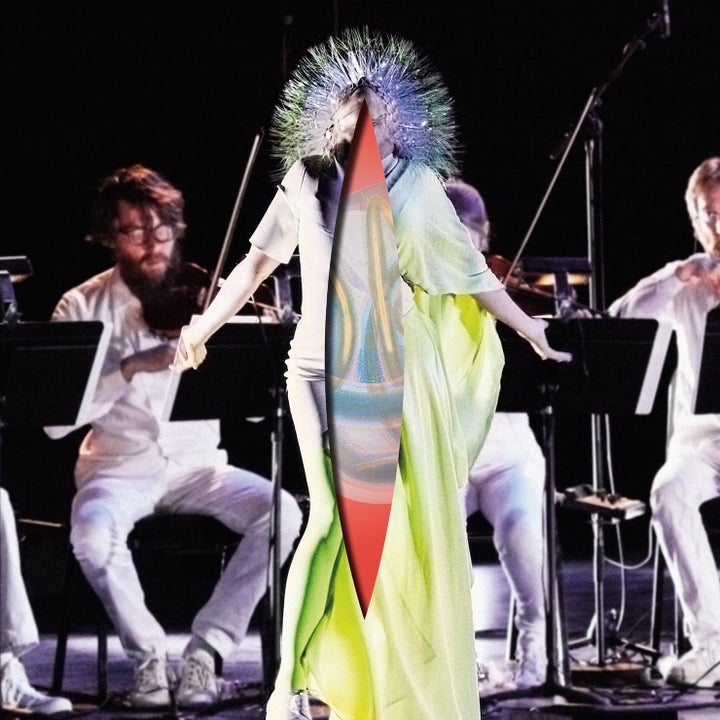
"Unisex styles and unisex brands are becoming more prominent. I've always loved designing garments that look great on anyone, regardless of gender. A lot of designers have been playing with androgynous themes for a long time now. Several recent high profile runway shows have been casting drag models, or presenting models who represent some type of genderfuck. The press has been treating it as something shocking but it was designer Rudy Gernreich's ongoing theme in the '60s. Hopefully there will be a lot more emphasis on whether the clothes are innovative and the looks are strong. I think we'll see a lot more designers and clothing lines celebrating the trans community." --Geoffrey Mac
Claire Fleury
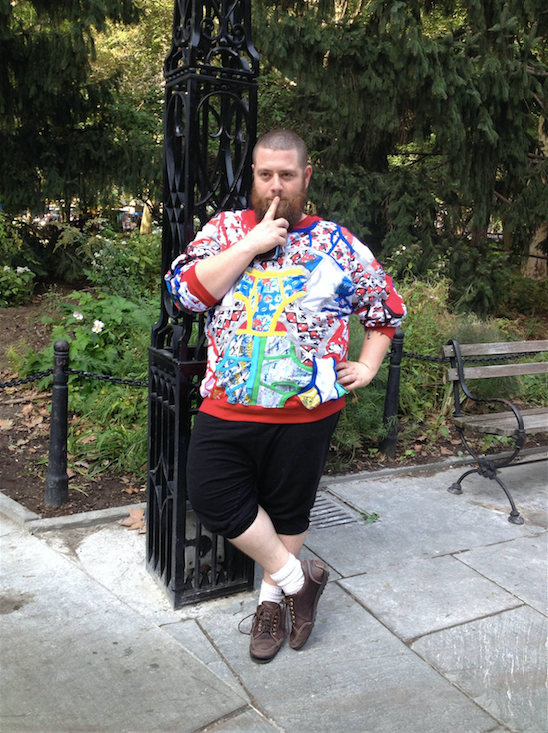
"Hopefully what is now trending in terms of transgender models, gender fluidity, etc. will become a part of a range of possibilities within the fashion world; a world that cannot be shaken and stirred enough -- and beyond. As queer people we are good at shaking up the covers -- often out of necessity. To be heard, seen, respected. Let the world be inspired by this, by us all, and not ever take anything or anyone for granted, or exclude anyone." --Claire Fleury
Sharpe Suiting
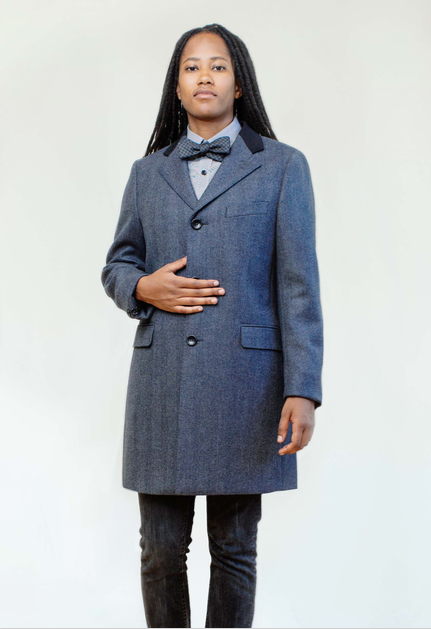
"Fashion is the freedom of expressing one’s identity. Gay marriage equality and transgender visibility has brought queer identities to the forefront of the media’s attention, and we will continue to see an overall shift on how everyone looks at gender. Gone are the days of check-the-box male and female. Within the past year, we’ve seen designers Vivienne Westwood and Alexander Wang playing with gender fluidity on the runway. Queer and gender-neutral fashion start-ups can be seen in every major fashion hub, providing styles that bridge the gap between the “black-and-white” division of off-the-rack menswear and womenswear. Soon, a person will be able to choose from a broader range of styles rather than being delegated to a particular section of a department store. Selfridges, among others, have already begun experimenting with a non-gendered approach for the customer buying experience. As the fashion world continues to be more inclusive, Sharpe hopes to contribute as a business that strives for personalization and expression. What can we do with design creativity and today’s technology to create accessible fashion to anyone with the click of a button? --Leon Wu of Sharpe Suiting
Ben Copperwheat
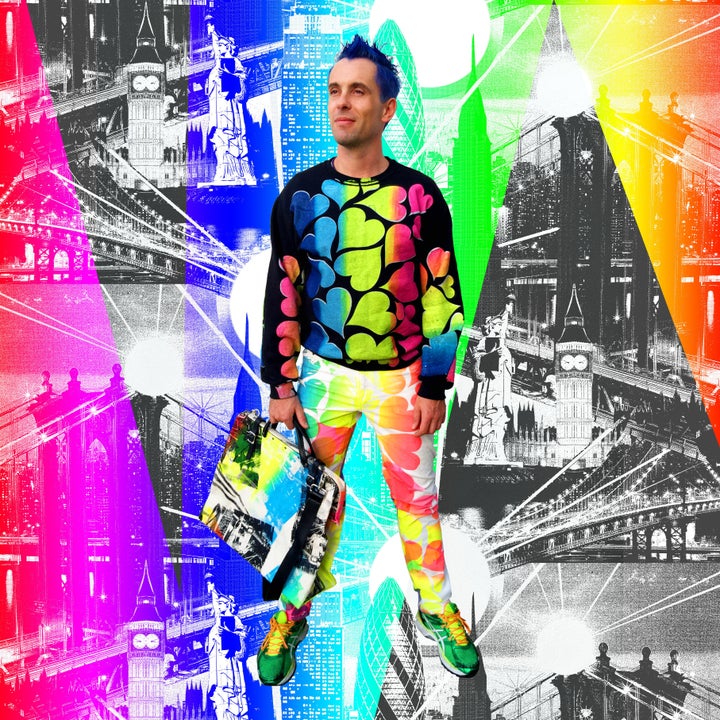
"Fashion is a form of self expression. It is an important platform for queer people to embrace being different and feel connected to the world. Mainstream fashion has become mostly black, grey and beige. There is an increasing amount of left field, edgy, queer designers creating interesting, colorful clothes. The internet, social media and search engines, have changed people's attitudes. There is more acceptance and open mindedness allowing more space for queer ideas. The future of fashion will be a higher visibility of true individuality and creative expression. My world is screen print, color, graphic images, fabric and a strong personal statement. I create exciting printed images on clothing, creating real wearable art -- a canvas I love because of its endless possibilities. More people (queer or not), will embrace the art form of print and painting on clothing as a result of seeing, wearing and experiencing the work I create and more so as I continue to develop this exciting medium." --Ben Copperwheat
Gogo Graham
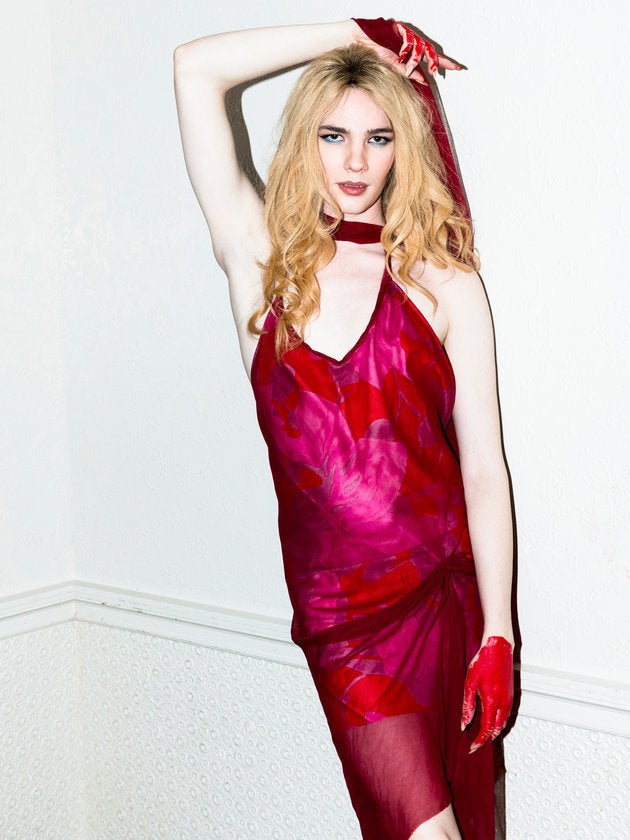
"I think it's important to look at the fashion industry as you would the healthcare industry, the manufacturing industry or any other. It is an industry, so it is fueled by the demand for the product it supplies. Are queerness and gender identity topics that play a major role in an industry that caters primarily to hetero cisgender people beyond the extent of a trend? Perhaps, but I don't think I can answer whether or not they will affect change for the future of fashion. Currently, I see a lot of 'agender' labels being slapped onto things, but the reality is that people have always been able to put whatever they want onto their bodies. To me, the term translates directly to 'caters to cis men who feel left out of femme fashion.' Perhaps this can lead to more variety of styles for this group, but for everyone who does not identify this way, the options were already in existence." --Gogo Graham
